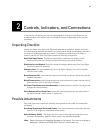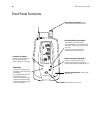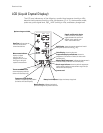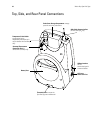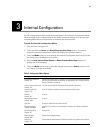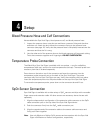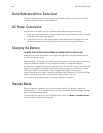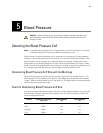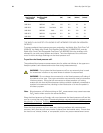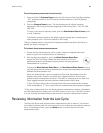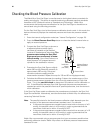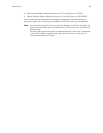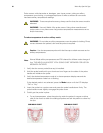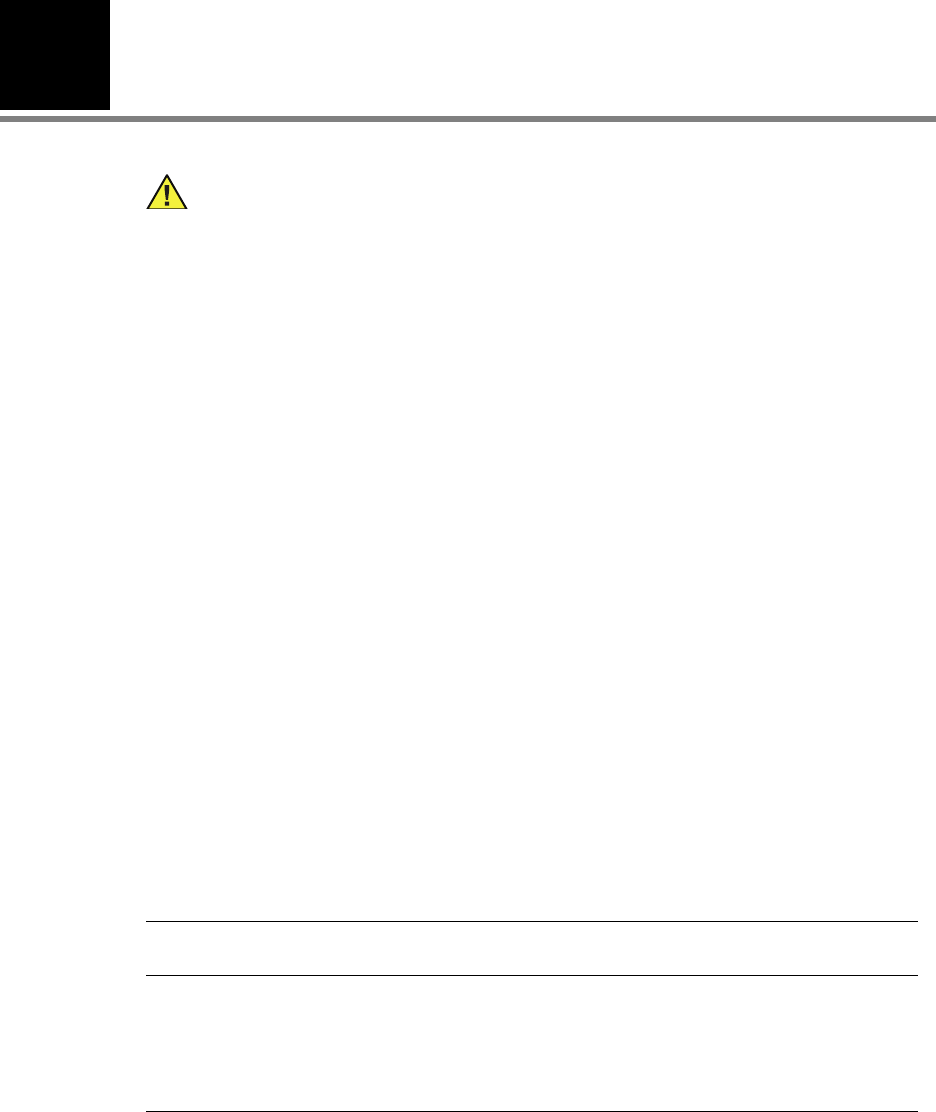
5
23
Blood Pressure
Selecting the Blood Pressure Cuff
Careful sizing of the blood pressure cuff is important to the accuracy of blood pressure
readings. If the blood pressure cuff is too small, you may have false high readings. If the
blood pressure cuff is too large, you may have false low readings. Please refer to the
range markings on the blood pressure cuff for correct blood pressure cuff sizing. When
there is an area of overlap whereby you could use a smaller or larger blood pressure cuff,
it is strongly recommended that you use the larger size blood pressure cuff.
Determining Blood Pressure Cuff Size with the Markings
Wrap the blood pressure cuff around the patient’s upper arm and visually check it. The
blood pressure cuff is marked with a distinct white edge and two divisions that indicate
“range.” When the blood pressure cuff is properly fit, the edge meets the blood pressure
cuff at some point within the range.
Chart for Determining Blood Pressure Cuff Size
You can also determine blood pressure cuff size by measuring the patient’s arm circumfer-
ence midway between the elbow and shoulder, then use the chart below to select the
correct blood pressure cuff.
Caution When measuring blood pressure on children younger than age 3, it is
recommended that the Pressure Preset (initial inflation pressure) be set at 160
mmHg or lower.
Note
A durable blood pressure cuff is included with your Spot Vital Signs. A full range
of blood pressure cuff sizes are available as accessory items.
Cuff Size Reusable Two-Piece Cuff
(1 per pack)
Maximum Range
(cm)
Maximum Range
(in)
Child 5200-03 20.8 8.2
Adult 5200-01 31.5 12.4
Large Adult 5200-02 38.4 15.1
Thigh 5200-10 47.4 18.7



